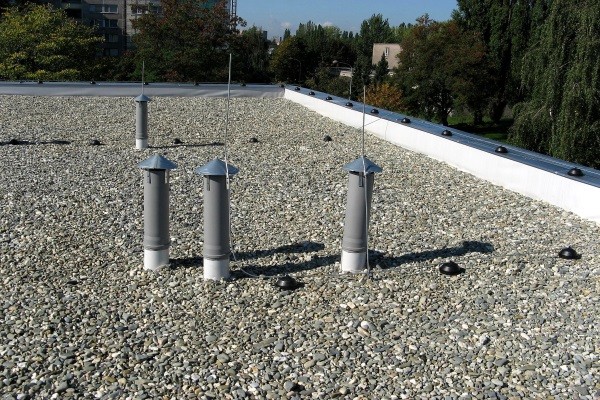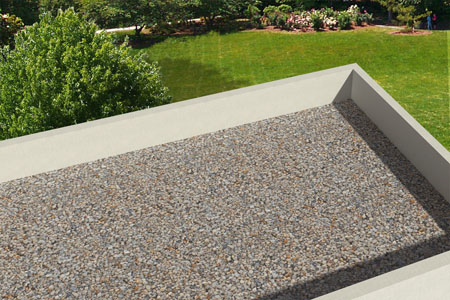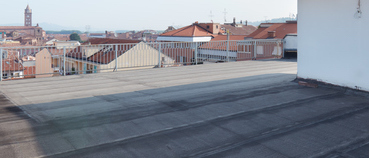Because granule loss is one of the signs that a roof is getting older it is used by inspectors as a gauge of roof condition and a way to estimate additional roof life.
Tar and gravel roof vs shingles.
Some other aging clues are curling at shingle corners lack of tab adhesion and broken off pieces as the shingles get more brittle with age.
The old tar and gravel roof type has been used on relatively flat roofs for over 50 years but many newer systems and specific material types including modified membrane systems are becoming increasingly available in residential applications.
Advantages of a tar and gravel roof.
By the 1980 s fiberglass asphalt shingles including multi layer composite shingles took hold followed by other alternative materials like wood fiber shingles.
Most companies that don t like tar and gravel roofs base their underwriting decision on the fact that it cost more to replace this type of roof than a standard shingle roof.
What are tar gravel roofs or built up roofs.
Of all the flat roofing options a tar and gravel roof is the most economical.
The angle of the roof many of these roofs are made of poured tar and gravel.
It provides excellent protection against uv rays and is an attractive option for windows and decks that overlook the roof.
In the early 1900s organic asphalt shingles became the primary roofing option and dominated for the next 70 years with little innovation.
Bur built up roof and membrane systems.










